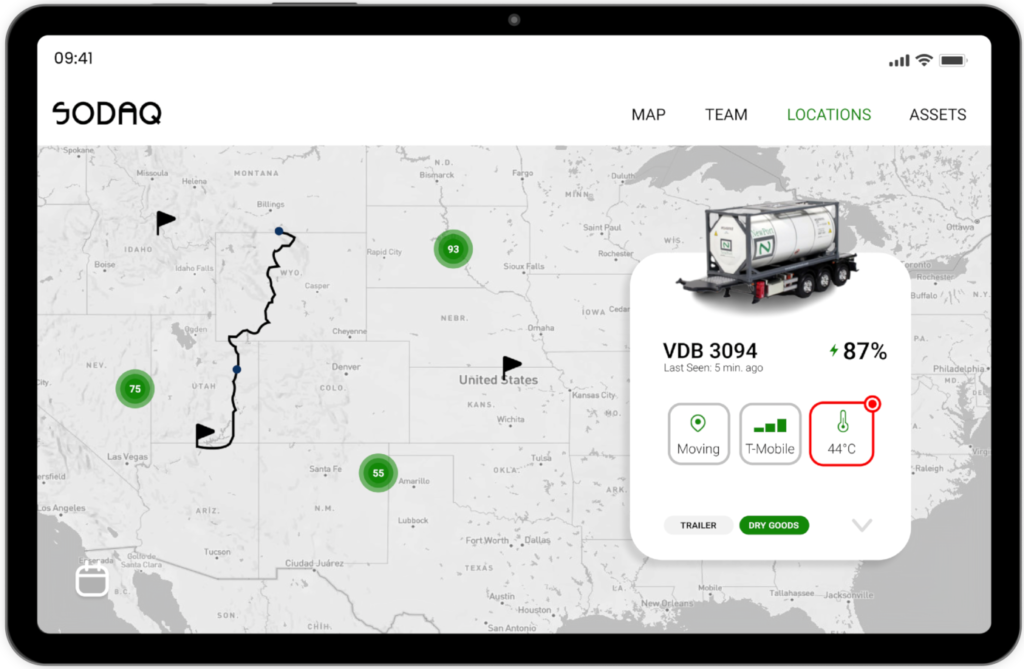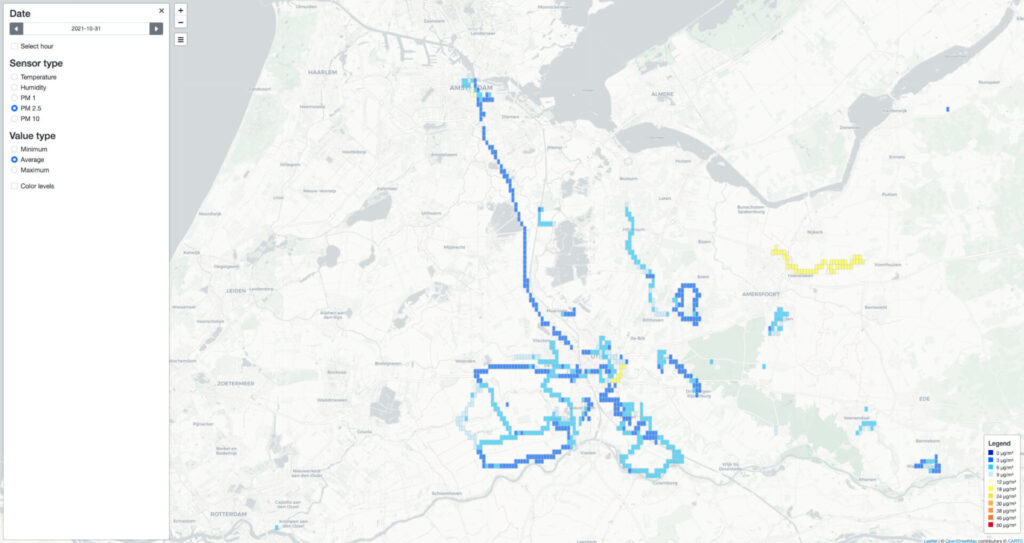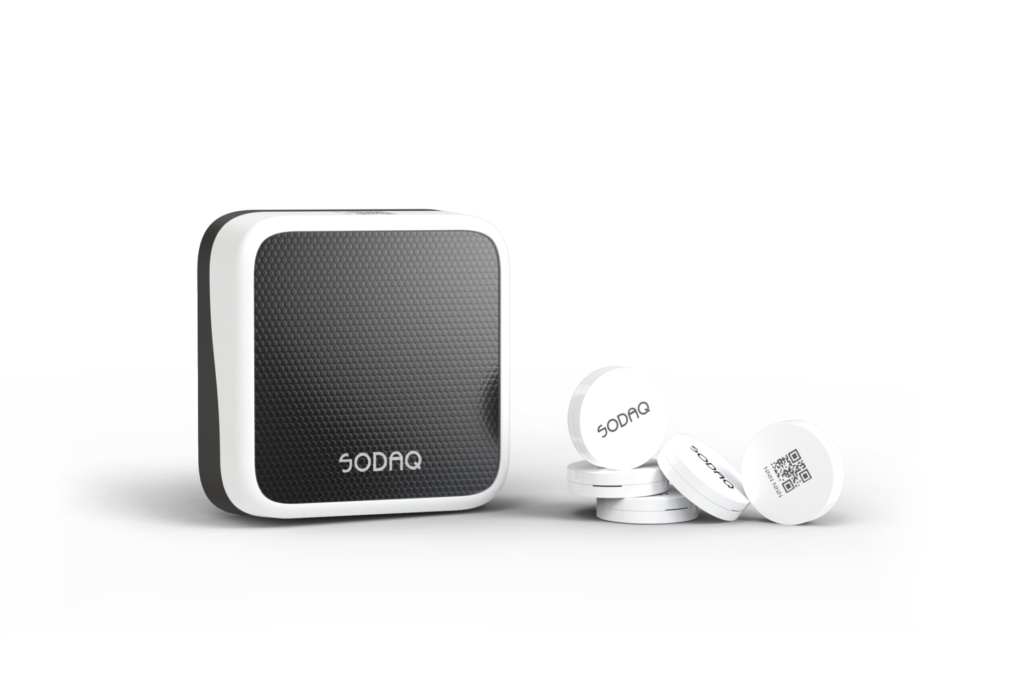IoT in a nutshell
The Internet of Things or IoT is a term often coined among the latest emerging technologies. In recent years, industries have grown to implement IoT, either to stay ahead of the curve or to keep up with the competition. This article is for you if you wonder what IoT is and how it can help you.
What is IoT?
The definition of IoT has evolved as the scale of IoT applications has grown wider. Applications of IoT can range from a small remote sensory application to a vast industrial ecosystem for control and automation. Therefore, IoT has become an umbrella term for applications where the Internet allows connectivity to physical objects for traceability, monitoring, and control.
More technically, the Internet of Things leverages the Internet to establish network connectivity of physical devices embedded with sensors and gateways. Varying from consumer use cases to industrial applications, IoT acts as a foundation to establish connectivity, communication, data acquisition, and remote control.
IoT establishes an ecosystem of data communication between embedded hardware nodes to enable intelligence, action, and automation. Since its introduction, IoT has grown across industries, including energy, transportation, construction, supply chain, logistics, and agriculture. Terms like Industrial IoT (IIoT), Consumer IoT (CIoT), and Internet of Everything (IoE) all fall under the roof of IoT based on the particular application.
Some benefits of IoT applications
As mentioned, IoT can have a wide range of applications. Here are some of the examples of how IoT can serve different industries:
1. Smart energy management for sustainability
Energy management is an application that can be useful for consumers as well as industries at different scales. Just as the name suggests, IoT can allow intelligent energy monitoring and control to better (or smarter) utilize the consumption from appliances or machines.

2. Asset tracking for warehouses and supply chains
Tracking assets efficiently with reduced manual efforts can yield greater results for your business. A proven IoT asset tracking solution, such as SODAQ’s TRACK line devices, can save you time, costs, and reduce the possibilities of human errors.

3. IoT Air quality monitoring
The concepts of smart cities and smart building infrastructures heavily rely on IoT technologies. With the escalating pollution issues, monitoring air quality has become a critical application that will play a vital role in the near future. To address this concern, SODAQ has developed the portable air quality monitor known as SODAQ AIR.

How to implement IoT? How does it work?
From an engineering standpoint, IoT implementation involves two key aspects: hardware and software. Firstly, the hardware aspect focuses on developing embedded devices that establish connectivity between the physical world and the internet. These devices serve as the bridge between the physical objects and the digital realm. Secondly, the software side is responsible for programming these embedded devices and creating user interfaces to facilitate seamless interaction with the IoT system. Both hardware and software components are essential for successful IoT implementation.
Here is the breakdown of different modules generally required to implement IoT in any system architecture:
Nodes - sensing devices:
Sensors are the input devices in IoT systems where any action is initiated out of a particular occurrence. These sensors may read acceleration, temperature, light intensity, and other such parameters. These nodes require embedded hardware with a controller to function with “things”. For example, a node with moisture detection can be used to see if there’s any leakage in the machine.
Gateway devices:
In certain scenarios, nodes may directly connect to the internet. However, when there is a high density of nodes in close proximity, it becomes practical to utilize a gateway that provides internet connectivity for a group of nodes. Nodes communicate with the internet through these gateways. Technologies such as Bluetooth and Wi-Fi can establish a network between nodes and gateways.
For instance, at SODAQ, we have implemented this concept with our TRACK BLE device. This asset tracking device is equipped with the same sensors as our TRACK Solar or Active devices, but it also includes a built-in Bluetooth gateway. This gateway allows the transmission of BLE beacon IDs, which provide information about the location and other details of individual assets, such as airport trolleys and dollies.

HMI and user interface:
To make the data collected from IoT sensors useful for administration or users, it needs to be presented effectively. Human-machine interface (HMI) devices or user interface (UI) software applications play a vital role in providing a front-end experience for monitoring and controlling the IoT ecosystem.
For example, SODAQ’s Silica Dashboard is a simple software application that can be accessed on the web or mobile. It acts as an HMI, allowing users to monitor and control the IoT ecosystem. With the Silica Dashboard, administrators or users can view real-time data, analyze historical information, and even control connected devices.
Actuators:
Actuators serve as the bridge between commands and physical actions, enabling precise control over machines or devices within an IoT system. When a particular operation or response is required, nodes can be equipped with specific types of actuators to carry out the desired action.
For example, let’s say a leakage detection system is implemented within an IoT network. When a leak is detected, it is essential to quickly respond to prevent further damage. In this case, a node within the network can be equipped with a relay actuator. Upon receiving the command, the relay actuator can effectively cut off the power supply to the affected area, mitigating potential risks and ensuring safety.
Actuators come in various forms, including relays, motors, valves, and more, depending on the nature of the control required. By integrating appropriate actuators into the IoT ecosystem, administrators can execute precise and timely actions in response to specific events or commands, enhancing the overall efficiency and functionality of the system.

This set of items is very top-level. However, they share the general idea of a simplistic IoT ecosystem. Any existing industrial process can benefit from IoT by adopting a certain set of embedded hardware devices.
In conclusion:
Different IoT products have different working principles to address particular problems. At SODAQ, we are leading the journey to shape a sustainable future with IoT. If you are ready to dive into IoT, read about how we managed to make a paper-thin tracking device. We will be happy to handhold you through this transformation.